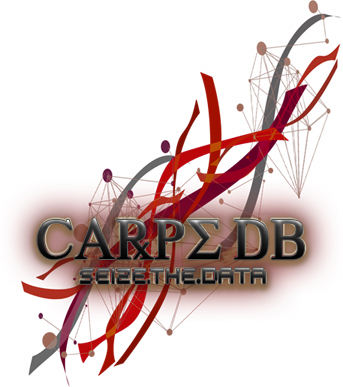
PURPOSE: In patients with tuberous sclerosis complex (TSC), a wide range of neurologic abnormalities develop, including mental retardation and seizures. Brains from TSC patients are characterized by the presence of cortical tubers, large dysmorphic neurons, and abnormal cytomegalic cells. Although analysis of human TSC brain samples led to the identification of these abnormal cell types, very little is known about how these cells function. In an effort to model TSC-associated CNS abnormalities (and ultimately to analyze the electrophysiologic properties of abnormal cells), we examined Eker rats carrying a Tsc2 mutation. Anatomic studies, including standard histologic stains and immunocytochemistry, were performed on young Eker rats exposed to a carcinogen in utero or aged untreated Eker rats (18-24 months old). Methods: Pregnant TSC2+/- females were injected once a day with hydroquinone (HQ), and offspring were killed at postnatal day P14 or P28. Coronal tissue sections throughout the CNS were prepared and stained for cresyl violet. In separate studies, brains of old untreated Eker rats were sectioned for anatomic analysis by using standard immunohistochemical techniques. Results: Tissue sections stained with cresyl violet did not reveal any gross differences between HQ-treated Eker (Tsc2Ek/+) rats and siblings (Tsc2+/+). However, two classes of abnormal giant cells were observed in brain sections from untreated aged Eker rats: (a) large dysmorphic pyramid-like cells immunoreactive for NeuN, tuberin, and EAAC-1 in layers IV-VI; and (b) abnormal cytomegalic cells immunoreactive for glial fibrillary acidic protein (GFAP), vimentin, and nestin in deep cortical layers or along the white matter. In addition, large subependymal astrocytomas were observed in four animals. CONCLUSIONS: Our data suggest that cortical tuber formation in Eker rats is a rare event and that prenatal exposure to a nongenotoxic carcinogen such as HQ is not sufficient to induce tuber formation. However, with advanced age, an increased likelihood of astrocytoma formation and the emergence of dysmorphic neurons and cytomegalic cells in the Eker rat brain might exist; each of these abnormalities mimics those seen clinically and could contribute to neurologic problems associated with TSC. Further analysis of this rodent model may be warranted.
[Full Text] [Submit Annotation]